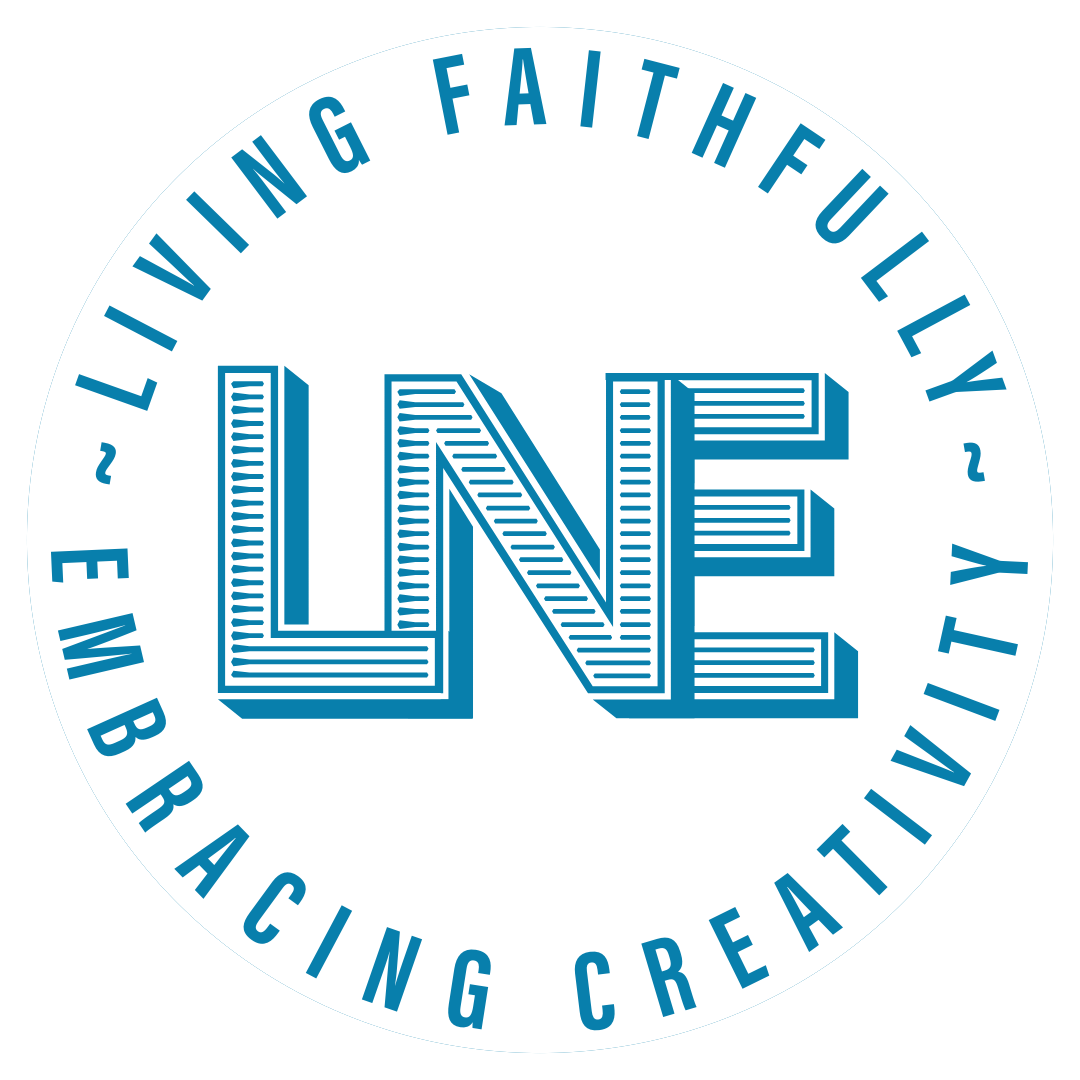Public Relations Relationship Equity Building with News Media
Relationship equity is the result of long-term trust building and the understanding that comes from familiarity between two individuals. Adversarial conditions are less likely to cause strife as roles are observed, needs are identified, and expectations are met. When trust and understanding is developed between an investigative reporter and spokesperson, a line of communication is established that serves the interests of both parties. Journalists need information from public relations professionals about internal processes and situations involving their organizations. Confusion may occur when highly technical processes are beyond a reporter’s scope of knowledge. Factual circumstance must be reported on, and many reputable news outlets require stories to present a balanced set of opinions and statements on the matter. Misinformation needs to be filtered out to reveal evidence amid false belief and misunderstanding.
Having an open communication channel becomes critical during crisis communication when heightened circumstances are inclined to provoke oppositional positioning by nature of vocational mission. As it is within a public relations specialist’s job description to address the prevailing needs of the organization they serve to protect, questions may arise as to their measure of forthrightness versus spin-doctoring. Journalists must attempt to calculate the degree of bias a spokesperson may have and ultimately determine which features of the presented information to convey to the public. Conversely, reporters are often viewed as seekers of sensationalism that are employed to raise internet views, subscribers, and thus ad revenue. Unveiling scandals can elevate the status of a journalist with recognition, acclaim, awards, bonuses, and raised salary.
As societal gatekeepers, reporters are pressured from all sides to present stories with slant to benefit involved parties. Thus, there will always be some entity that is displeased with their efforts. They have a great responsibility to the public, because words preserved in print are viewed by many as hard truth to be quoted as complete and factual information. This is why open communication lines with organization representatives are essential to resolve unanswered questions and gather data. Public relations practitioners need to provide that information and present their side of the issue, so that their employers may receive fair press treatment and equitable coverage. They must do so with respect for journalistic deadlines to achieve an amicable professional relationship.
By prioritizing quality interactions with news media professionals, public relations representatives build relationship equity that nurtures trust with time. This enables journalistic acceptance of public relations news releases, posts, features, fact sheets, infographics, media advisories, and pitches as reliable and credible sources for earned media. Established relationships save time and energy while increasing vocational effectiveness for both parties. Two-way symmetric communication benefits the publics-organizational dynamic with mutual understanding by balancing reputational management for organizations reciprocally with public informational needs.
© Leigh N. Eldred 2025
References
Hapney, Jr., T. L., & Lovins, J. (n.d.). Public Relations Case Studies: Successes & Failures—Business, Nonprofit, Government, Education, Health Care. Stukent. January 23, 2025, https://my.stukent.com/student
